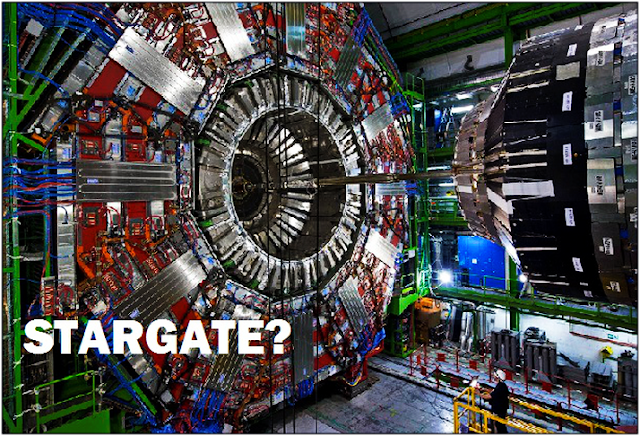Studii: Pământul a intrat într-o nouă perioadă de "dispariție".
Oamenii, printre primele victime.
Un studiu a trei universități din Statele Unite- Stanford, Princeton și Berkeley- arată că Pământul intră într-o nouă perioadă de dispariție. Oamenii ar putea fi printre primele victime.
- See more at: http://www.dcnews.ro/studii-pamantul-a-intrat-intr-o-noua-perioada-de-dispari-ie-oamenii-printre-primele-victime_478257.html#sthash.Ew5gLi17.dpuf
Raportul celor trei universități arată că vertebratele au dispărut cu o rată de 114 ori mai mult decât în mod normal. Unul dintre autorii raportului spune că "intrăm în a șasea extincție în masă". Ultimul eveniment de o asemenea amploare a avut loc în urmă cu 65 de milioane de ani, când dinozaurii au dispărut probabil după ce un meteorit a lovit Pământul.
Autorul Gerardo Ceballos a declarat că în cazul în care situația prezentă este lăsată să continue, va fi nevoie de milioane de ani pentru a reveni la normal și specia noastră va dispărea timpuriu. Specialiștii se uită la datele dispariției altor specii și scriu în raport că din 1990 până-n prezent au dispărut 400 de specii de vertebrate. O astfel de pierdere ar fi trebuit să dureze 10.000 de ani, nu 25, potrivit informațiilor citate de BBC.
Poluarea, schimbarea climatică și defrișările sunt cauzele identificate de oamenii de știință.
Nu este primul avertisment venit din partea oamenilor de știință. Anul trecut, un alt grup de cercetători avertiza că omenirea intră în al șaselea eveniment de extincție în masă. Cu toții au subliniat că este nevoie de acțiune rapidă.
-------------------------------------------------------------------------------------
-------------------------------------------------------------------------------------------------------
-----------------------------------------------------------------------------------------------------------------------







